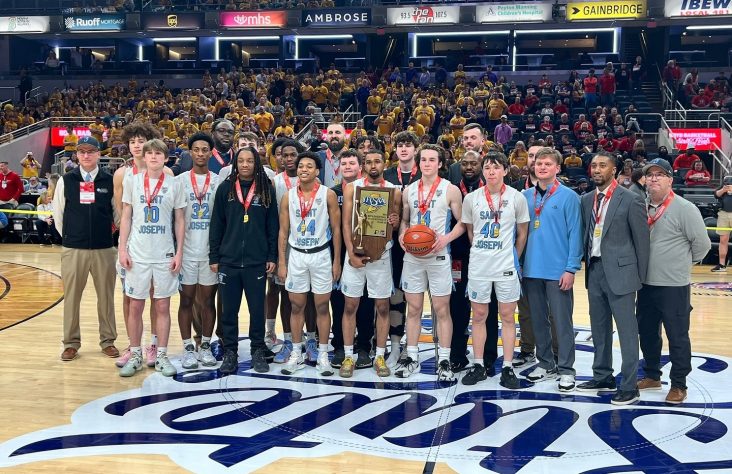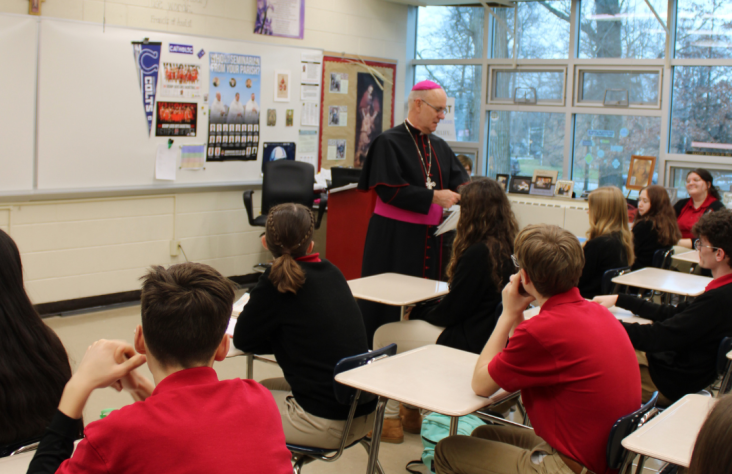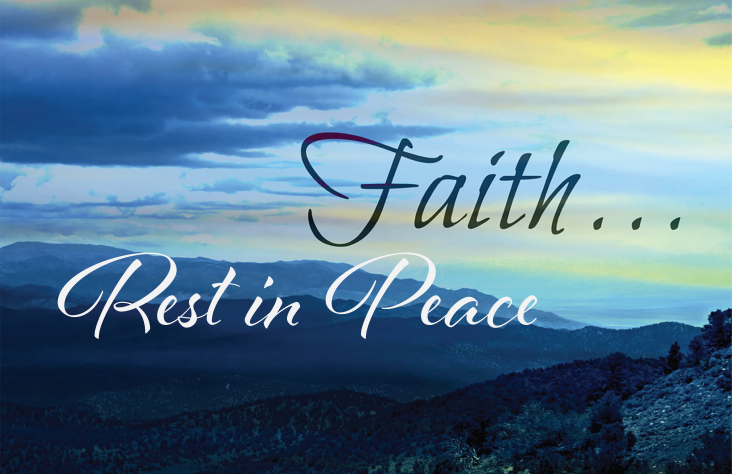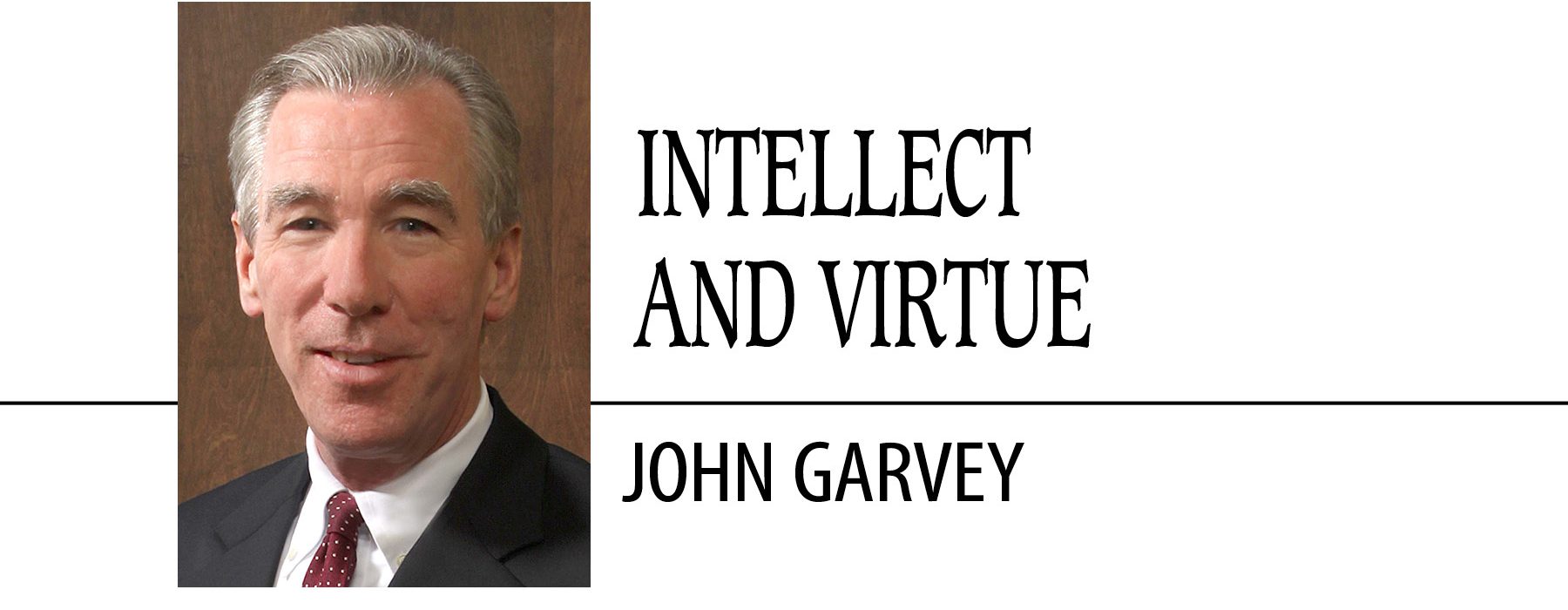January 3, 2020 // Perspective
Synchrony and culture
Last month I paid a visit to Bar-Ilan University in Israel for a discussion about the role of faith in higher education. Bar-Ilan is distinctive among Israeli universities in its ambition to fuse a reverence for its Jewish legacy with rigorous academics.
Its religious inspiration is easy to spot. It helps define the landscape of the campus — a patio built in the form of a temple, a garden shaped like a menorah. A number of the male students wear kippas. Some of the married women (especially the younger women) cover their hair. The university website has a weekly Torah portion.
But alongside all this is evidence of change. The website welcomes “students from all over Israel; secular and religious; Jews and non-Jews.” It speaks of diversity, tolerance and civility as the paramount virtues. Students at Bar-Ilan, it goes on to say, will “learn to assume social responsibility.”
My host at Bar-Ilan, Rabbi Shabtai Rappaport, is a descendant of a prominent rabbinic family. He has devoted much of his life to exploring the intersection of Torah studies with science and culture. But he has experienced what we see at many Catholic colleges and universities in the United States — an increasing secularization of the intellectual life.
We discussed ways in which religion might become a more integral part of the business of higher education, at least at institutions founded for that purpose, like our own. We are not the army, so we can’t promote faith by fiat. The best we can do is build faculties committed to our project and hope that the beauty of what they offer will appeal to young minds.
We also talked about whether our university work could have a transformative effect on the culture. This seems like an unrealistic ambition — like trying to raise the temperature of the ocean by adding a tub or two of warm bathwater. Yet there are hopeful counterexamples. I mentioned the Great Awakenings that occurred in America in the 18th and 19th centuries. They changed a culture that was greatly colored by Enlightenment rationalism.
Rabbi Rappaport shared a more interesting image. He pointed to examples in nature where independent entities have been observed to synchronize their actions. Fireflies in Thailand can flash in unison at a constant tempo. Cells in the sinoatrial node around the heart, about 10,000 or them, oscillate in rhythm for years.
What’s interesting about these cases is that the individual actors (fireflies, cells) are not responding to a single director, as to a symphony conductor or an army drill sergeant. They synchronize by communicating with each other, through light flashes or electrical impulses. Think of “the wave” at football games, another case of independently coordinated group action where the members communicate to neighbors by sight and sound.
It is important in these cases that there be a critical mass acting in synchrony to get things started. This is true of riots and stock market panics as well as more benign phenomena. And you can see where the metaphor, if that’s what it is, is going: Our universities might be the critical mass.
But this kind of spontaneous ordering happens even among nonliving things. Lasers are synchronized light waves that result from stimulated emissions from atoms. This seems to contradict the principle of entropy — that systems in the universe inevitably tend toward disorder. Maybe there is another force at work.
The rabbi, a man of deep faith, was open to the possibility that our meager efforts could change the world for the better, though we might never know how.
John Garvey is president of The Catholic University of America in Washington, D.C. Catholic University’s website is www.cua.edu.
The best news. Delivered to your inbox.
Subscribe to our mailing list today.






